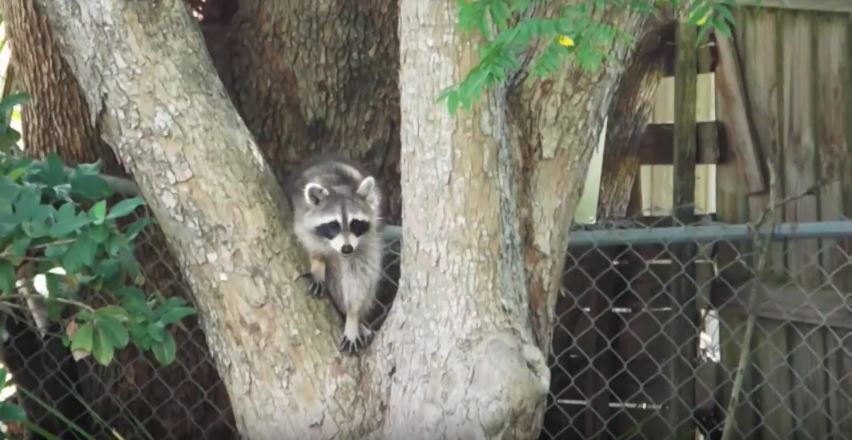Do More Raccoons Live in Urban Areas, or Wild Areas?

Raccoons are small animals with a maximum body length of 70 cm and a maximum weight of 9kgs. Although they can be found in wild, undeveloped areas, it is clear that most of them now live in urban areas. They can be found in attics, and they do not have a problem with food sources since they feed on garbage. This makes them comfortable in the urban areas. In fact, in some cities, the raccoon densities are shocking.
What Makes the Animals Comfortable In Urban Areas?
These are wild animals, and you may not understand why they adapt so well in the urban areas and why many of them are moving from the wild. Raccoons adapt with ease in the urban areas when they come from the wild. They have food and shelter making urban areas their home.
Where Do They Stay in the Urban Areas?
Since the raccoon densities are higher in the urban areas than in the wild, they choose to stay in people’s homes. They can be found under the sheds, rock clefts, under abandoned cars, old barns, attics and squirrel nests. Raccoons are not only intelligent, but they are flexible when it comes to their habitats. Their life is an interesting one since the adults are a bit solitary while females can be seen with a nest of baby raccoons. Adults tend to move from one place to the other unless they are breeding. Their flexibility on the places they can live in has seen them adapt well in the urban areas than in the wild.
Food Options for Raccoons in the Cities
Raccoons love feeding on garbage and other things something that makes them more comfortable in the cities than in the wild. They love the varieties found in the cities. When foraging garbage areas, they feed on worms; cherries, vegetables found in kitchen gardens, walnuts, insects such as grasshoppers, soybeans, mice, corn, grapes, mice and beetles among others. Just like they have options in the places they can live, they have options on the foods they feed on. These small animals are unique since they also feed on possums, snakes, and turtles when they get a chance.
Today,in many cities, raccoons are widely seen either climbing on buildings or foraging garbage areas. Their numbers have increased in the cities than the numbers found in the wild. Despite them being in large numbers, they cannot be kept as pets, and thus homeowners resort to trapping and relocating them back into the wild. This has not stopped them from increasing their numbers in the cities. Statistics show that most of the raccoons have chosen to be in the cities and live with humans. It is estimated that the density of raccoons in the cities have increased up to a minimum of 10 raccoons per square kilometer. Life in the city is stress-free since they do not have to build their dens as they rely on man-made or the natural ones.
Read the How to get rid of raccoons page for helpful information and to learn more about Do More Raccoons Live in Urban Areas, or Wild Areas?

